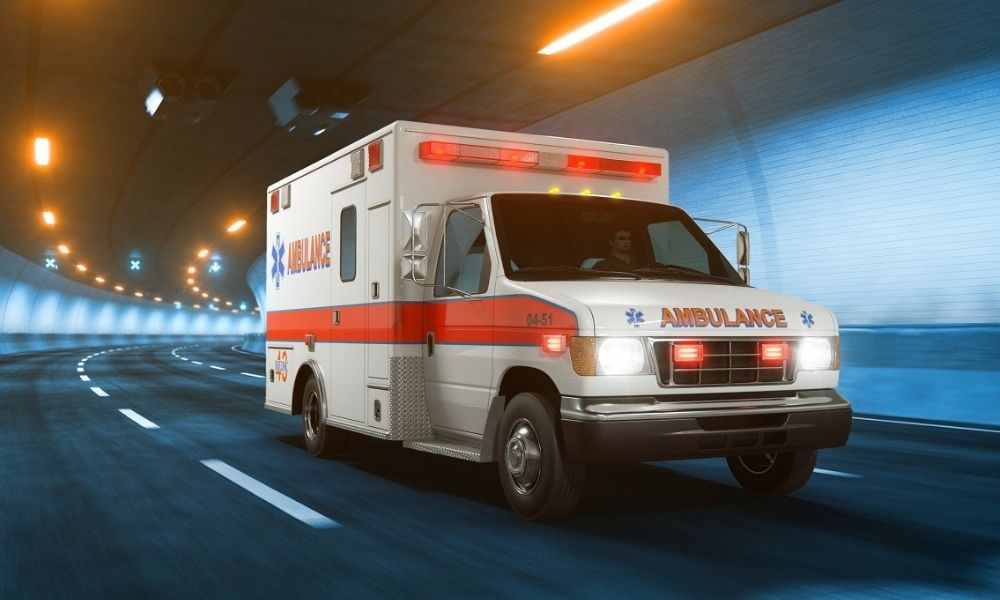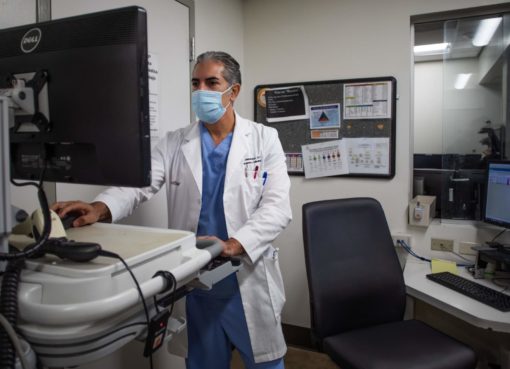What comes first to anyone’s mind when asked to look for an ambulance? As a routine, many people think of emergency transportation to the hospital. Although this is one of the most important roles of an ambulance, the services provided are much broader than those provided by other means of transport. Ambulance services are meant to handle various medical conditions and respond quickly to assist patients before they get to the hospital.
An overview of the services provided by an ambulance
Emergency medical treatment
Emergency ambulances have qualified personnel and contain advanced medical equipment that can provide medical treatment immediately. The ambulance team can also evaluate a patient’s condition and start treatment when the patient is badly injured or ill and before arriving at the hospital. Since these staff have been well trained, a quick response helps in stabilizing the patient and thus make it easier to treat the patient at the hospital.
Transport to medical facilities
Transportation to the hospital or medical facility is one of the core values of an ambulance, for it means safe and fast moving. It is required by people who experience severe conditions that require immediate treatment but cannot be taken through normal means. Ambulances carry stretchers, oxygen cylinders and other vital medical supplies to ensure the patient’s safety and comfort.
Non emergency medical transport
Besides, an ambulance’s offering emergency services also provides non emergency medical transportation. The service targets patients who need to go for a medical appointment, to receive treatment, or come back from hospital but can do so in ordinary public transport. Non emergency medical transportation is safe and comfortable to ensure that the patients will be able to get the required assistance in case they are not facing a life threatening situation.
Specialized ambulance services
Some specially equipped ambulances are used for certain types of care. For instance, air ambulances are used to transport serious ill patients over long distances, because it is fast. These ambulances are helicopters or fixed wing aircraft with life support gear enabling patients to continue receiving treatment during the flight. Likewise, a neonatal ambulance helps transport newborns who may develop critical complications that need to be transferred to special hospitals.
Ambulance services for chronic conditions
Ambulances are used to assist people with a chronic health condition that needs continuous checkup. Ambulances can be used by patients with chronic heart disease, diabetes, or other respiratory illness for check up, or emergency cases related to the illness. These chronic ailments are well managed by staff in the ambulance service, and patients receive prompt treatment away from the hospital.
Telemedicine and ambulance integration
In some countries, even the ambulances are linked to telemedicine, and those involved can talk to a doctor while being ferried. It allows the team in the ambulance to communicate with doctors and other people in hospitals to receive real information as to the state of the patient. Telemedicine guarantees the right treatment is administered on the way to the hospital, and it helps the medical personnel to prepare for the patient’s arrival, time that would otherwise be wasted.
Conclusion
Medical ambulances provide access to needed medical treatment with a guarantee of its immediate provision. Such diversity ensures that the communities are availed of all the necessary care they need either in an emergency or when it comes to chronic illnesses.






